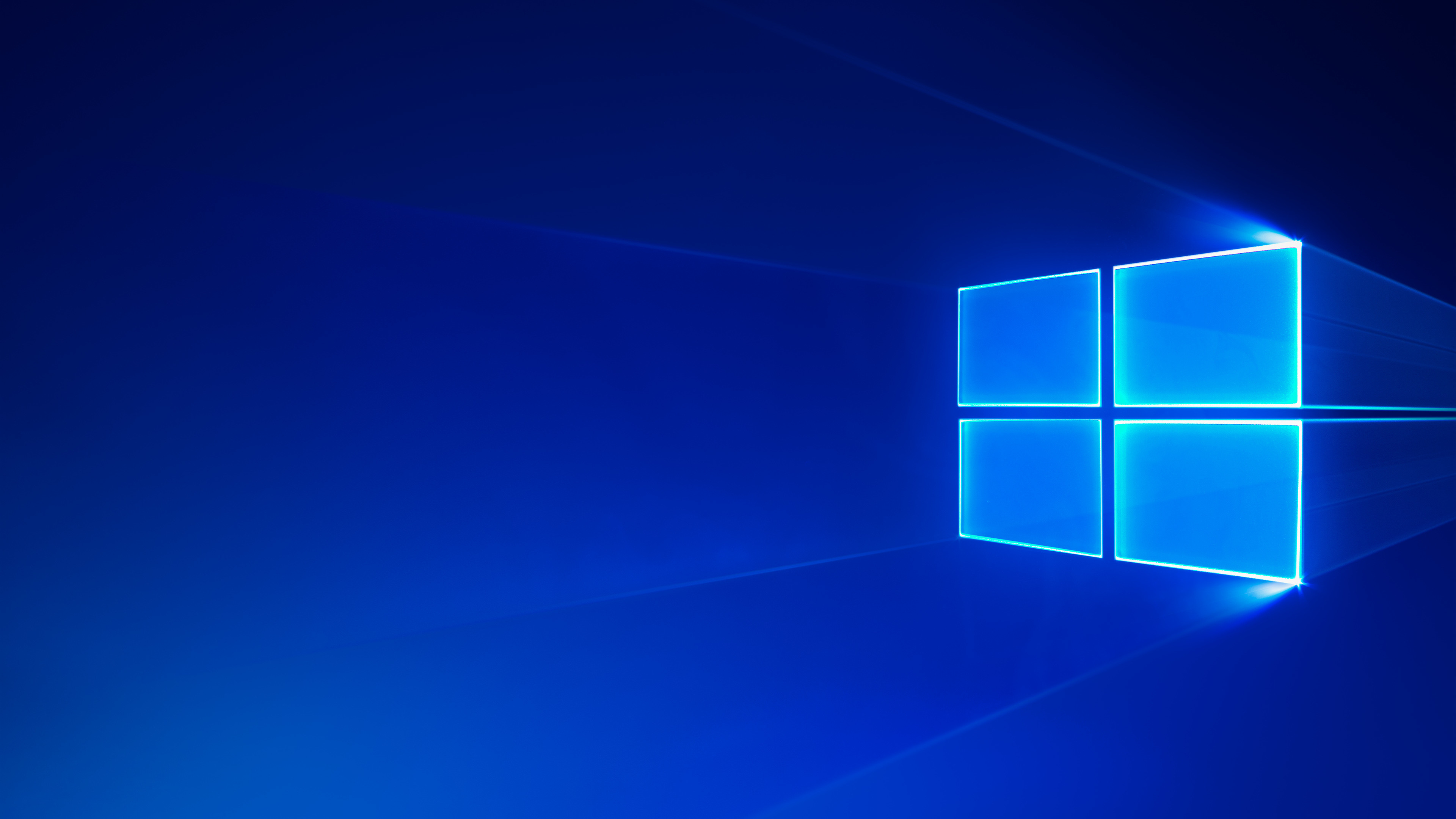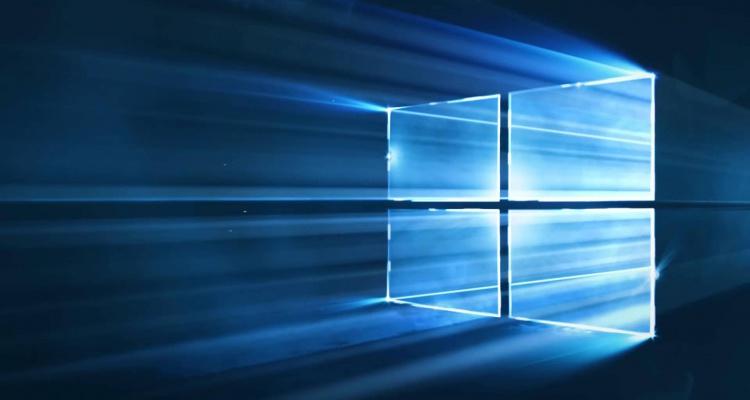

The following table shows when you can install a provisioning package during the runtime phase. Similar to the way mobile devices are configured. This method allows a user to manually apply a provisioning package to a device. This phase includes: booted into audit mode or OOBE, and when a device loads a desktop. Provisioning packages can be applied during the runtime phase. The following table shows how provisioning can be initiated during OOBE phase. With this method, we can pre-build our media with our configurations present. Those settings are then applied during the different setup passes. The WICD tools allows you to import a WIM and apply the configurations directly into the image file and allows you to create a WIM or bootable media. With DISM we can use the /Add-ProvisioningPackage switch to add a provisioning package to offline media.ĭISM.exe /Image: /Add-ProvisioningPackage /PackagePath: This can be accomplished through the GUI or the ICD CLI. The WICD tools allows you to import a provisioning package directly into a WIM file. With this method we can apply our configurations to our offline media. The WICD (Windows Imaging and Configuration Designer) and DISM tools.

The “Offline ” process has two methods for applying the provisioning package to a Windows image file. There are 3 supported methods for applying Provision Packages. We will review creating some provisioning packages in a later blog and video post, but for now I wanted to focus on the different methods we have for applying our provisioning configurations. The goal of this post is to do a high level overview of the deployment methods for provisioning packages. The WICD tool is the utility that allows us to create and modify provisioning packages or a provisioned Image build. With the release of Windows 10, we also seen the introduction of the Windows Image and Configuration Designer.


 0 kommentar(er)
0 kommentar(er)
